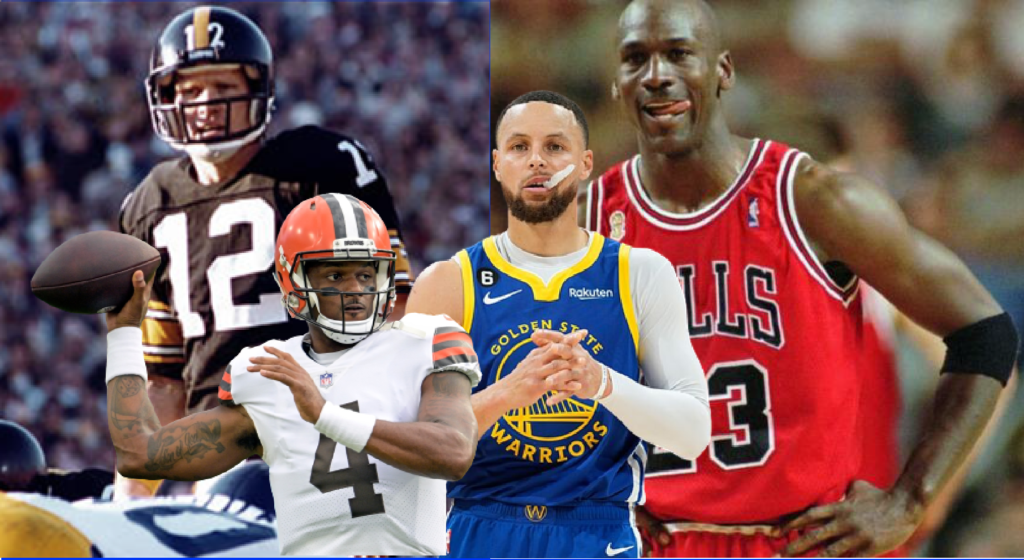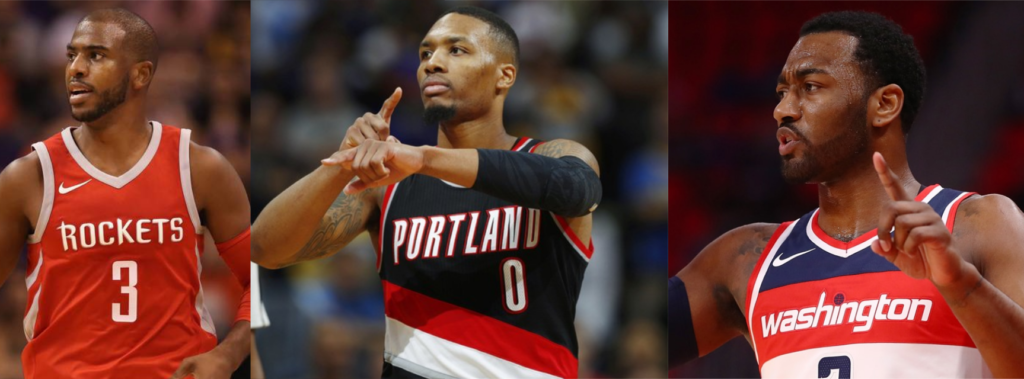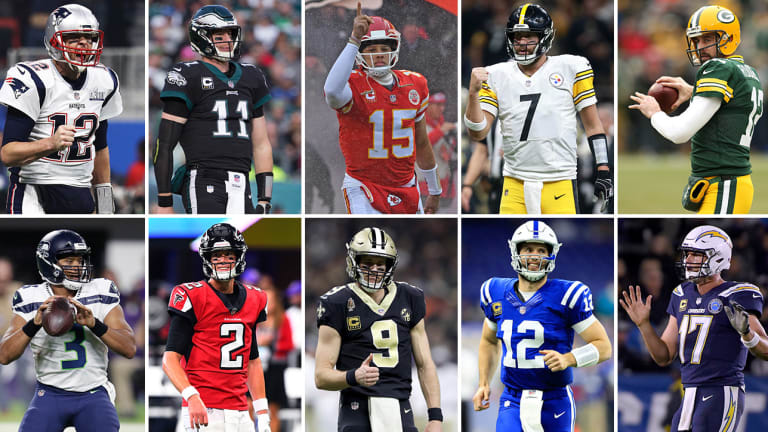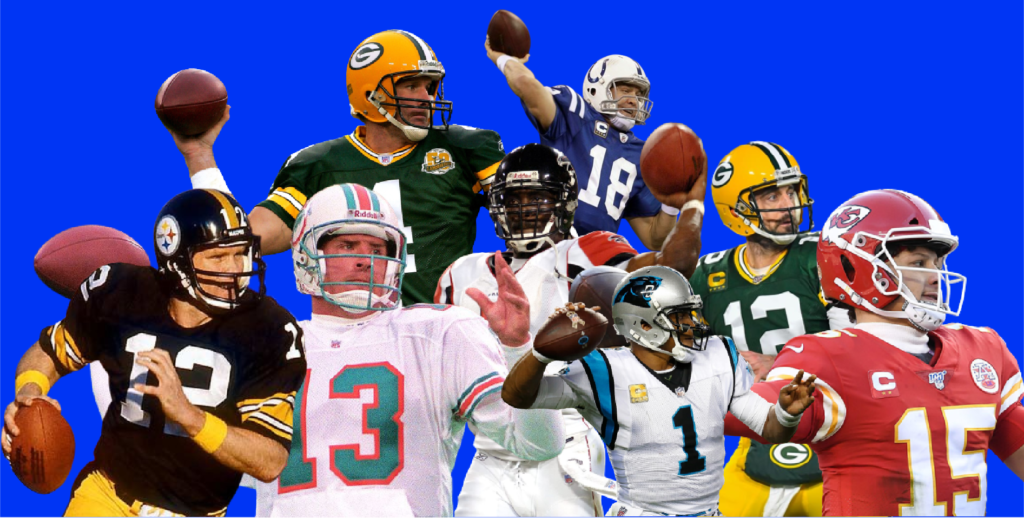There is often a consensus in sports that some teams are ran terribly, and others are not. Teams that are considered to be dysfunctional include the modern-day Las Vegas Raiders., and the Washington Commanders under Dan Snyder. Good organizations include the Pittsburgh Steelers, and even the Warriors.
Well, this is a little bit inaccurate. Yes, some organizations are bad, and others are really good. but in reality, a lot of organizations being “bad” or “good” are really contingent on them hitting the right star player. This seems like it doesn’t make sense, but the reality is that a key star player can bring a level of stability to an organization that allows them build and foster success even after the player is gone.
Organizational Culture
Their coach and/or front office can have time to develop strategies and practices that can still be successful onwards.
A notable example of this comes from… the Steelers. The Steelers used to be terrible when they first started in 1933. And that was with the same Rooney family that owns them now – the same Art Rooney that was in charge until his death in 1988.
What changed? In 1970, the Steelers drafted Terry Bradshaw at QB and Mel Blount at Corner. They improved from a dismal 1-13 record to a more respectable 5-9 and 6-8 seasons the next two years. After the addition of rookie running back Franco Harris in 1972, the team went 11-3 and made the playoffs, and the rest is history. Were the Steelers a good organization in the 1930s? Did they magically become good in the 70s? No, they just finally hit on the right collection of players to put on those jerseys.
In fact, them even drafting Bradshaw was after a coin flip landed them a first overall pick (after they went 1-13 in 1969, despite having Mean Joe Greene). Because they got him, they could prioritize skill position players like Franco Harris at RB, and John Stallworth, and Lynn Swann at Wide Receiver in the draft over the next few years. Imagine if they had not earned that pick? Do they get their QB?
These picks allowed them to build an identity that would last long afterwards, emphasizing key defensive positions such as linebacker and getting skilled receivers that are impactful and elevate the pieces around them. Does Chuck Noll last as long if those players aren’t as good? And if he doesn’t last, who is drafting afterwards?
Brand Power
A star player can improve the brand power of a team, making it more palatable for free agent players, and helping the organization have cash flow for signings and revenue.
An example of this comes from how Anthony Davis had expressed a desire to play for the Bulls at some point in the future back in 2019… even though the Bulls weren’t particularly good at that time (they have not won a playoff series since 2015… and have won 4 playoff series total since 1998…). Their brand certainly helps – the Bulls have been selling out their arena pretty nicely in the post-Jordan era.
Another example: Curry’s greatness and success has earned the Warriors so much money and power, that it is much easier for owner Joe Lacob to be willing to spend into the luxury tax to keep players; in fact, Lacob wants to (and is able to, thanks to their success) expand the Warriors into an overall entertainment group centered around the Bay Area. This is a long term investment that can pay massive dividends for the team’s future success. You may see star players want to go play for the Warriors, the same way many have wanted to play for the Lakers.
Bad Organizations
Many so called “Bad” Organizations often are left discombobulated due to not having franchise players. Here’s how:
A team that hasn’t been good in a while, may continuously draft and even overdraft QBs, who may enter situations where they won’t look very good (if the team isn’t that great), and then they are let go and the cycle repeats itself.

Look at how the Browns cycled through QBs desperately. Next thing you know, 20 years have passed by. No identity or “gameplan” for drafting and coaching, no stability at head coach. The most egregious example was in 2012, when they drafted Brandon Weeden and Trent Richardson. Weeden was a 28 year old rookie whose offensive system at Oklahama State was not pro-friendly: he was rarely under center, and thus he fumbled snaps frequently in the NFL. Additionally, while in Oklahoma State he frequently targeted receiver Justin Blackmon on jump balls, and thus his actual accuracy and ball placement wasn’t tested. In short, Weeden wasn’t really the best prospect, especially for a team like the Browns that did not have a very good roster. It was not a good fit to say the least… after they already drafted Colt McCoy in 2010 (who already had a damaged shoulder in his senior year in college)…
This isn’t to say the Browns shouldn’t have drafted a QB – it’s to say that not being able to get a good QB (or have a good enough team around one) can lead to endless turmoil.
Other Points
Teams like the Chiefs (between the late 80s and mid 2010s) and Steelers (between Bradshaw and Big Ben) managed to evade this by settling for free agent veteran QBs, and using the draft to shore up other positions. Chiefs got scarred by the Todd Blackledge draft pick in 1983, and didn’t draft another first round pick at QB until Patrick Mahomes. Look at how Mahomes has transformed the franchise since.
And again, that’s with the Chiefs still being considered a “good” organization with the Hunt family. More notable examples include how the Lions were bad in the 2000s… but managed to become respectable when they finally hit on Calvin Johnson, Matthew Stafford, and Ndamukong Suh – star players at important positions (WR, QB, DT).
Anyway, the point should be clear. Having great franchise players is transformative. At minimum, it prevents lost teams. And at best, it can singlehandedly raise and carry an organization.
Let’s look at teams that can be entering the doomsday scenario:
Titans – Tannehill may be responsible for the Titans becoming a lost team. As a result, they’ve hemorrhaged a lot of the talent they had back in 2020. If Malik Willis doesn’t improve enough, it will lead to some bad seasons for the Titans since their roster has deteriorated offensively.
Bears – Trubisky and the Bears had a window from 2018-2020. Those teams were lost. Fields is tasked now with showing his worth and playing the Bears out of a top 3 pick. If Field’s continues to struggle even with consideration to his offensive supporting cast, the Bears can enter a dark period with a weak roster, and no QB with potential.
Chicago Bulls – if Lonzo Ball cannot return to the Bulls, then eventually a decision will have to be made about Zach Lavine and DeMar DeRozan – who together could not lead the Bulls beyond a 10th seed play-in game appearance. If this ends, the Bulls will enter muddy waters where they may have to consider tanking, and/or may have to hope that whoever they draft is transcendent enough.





